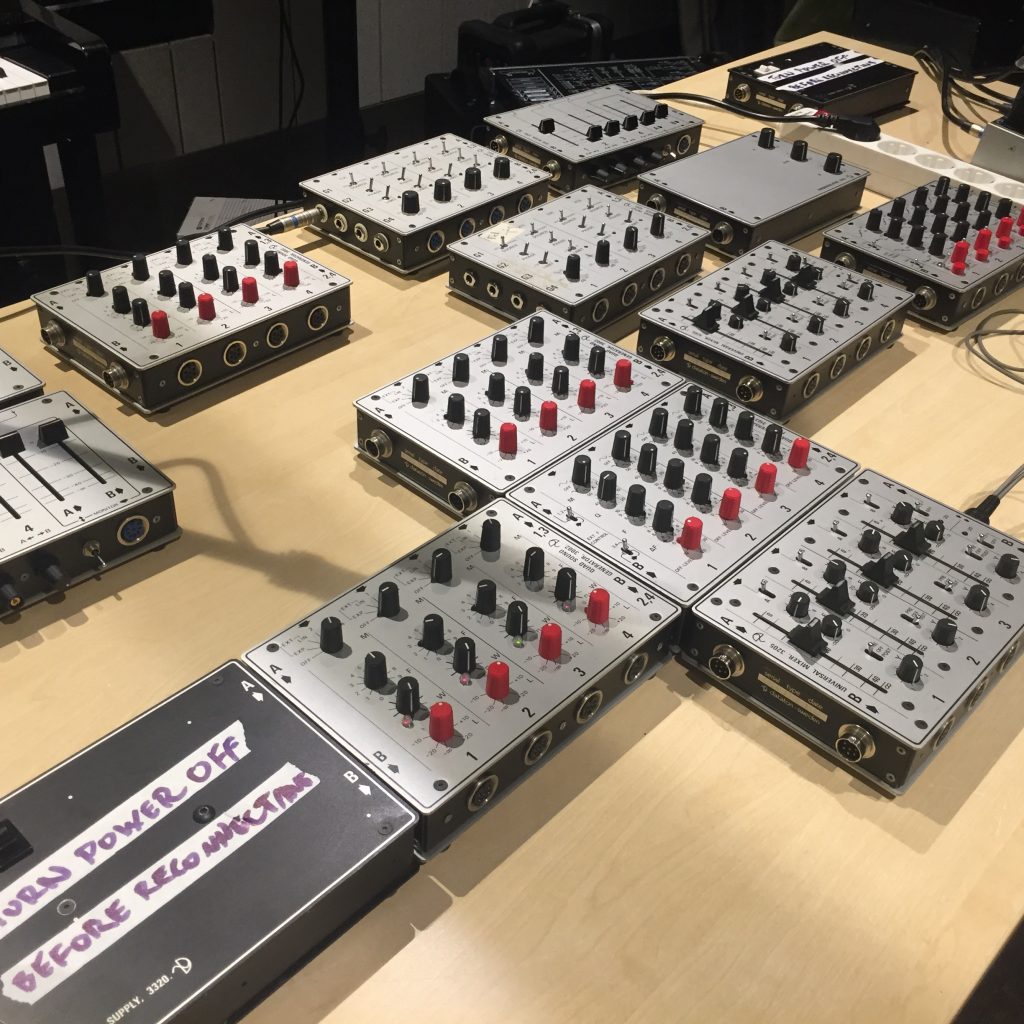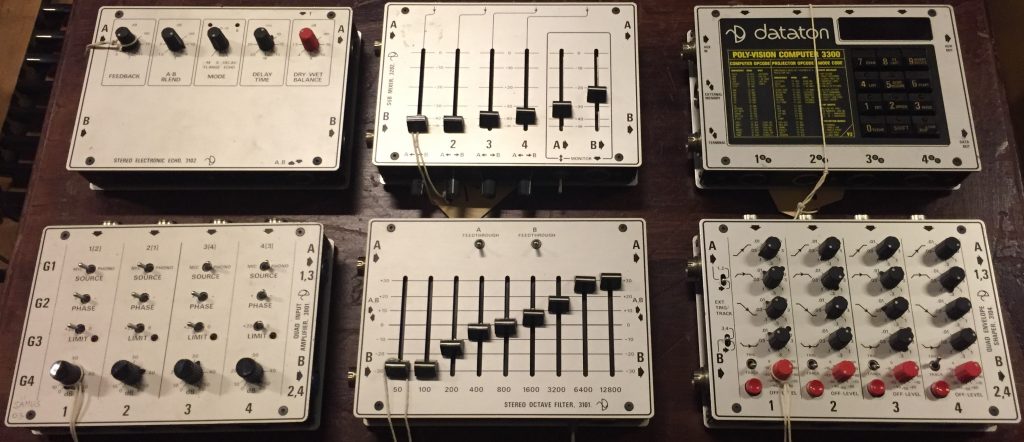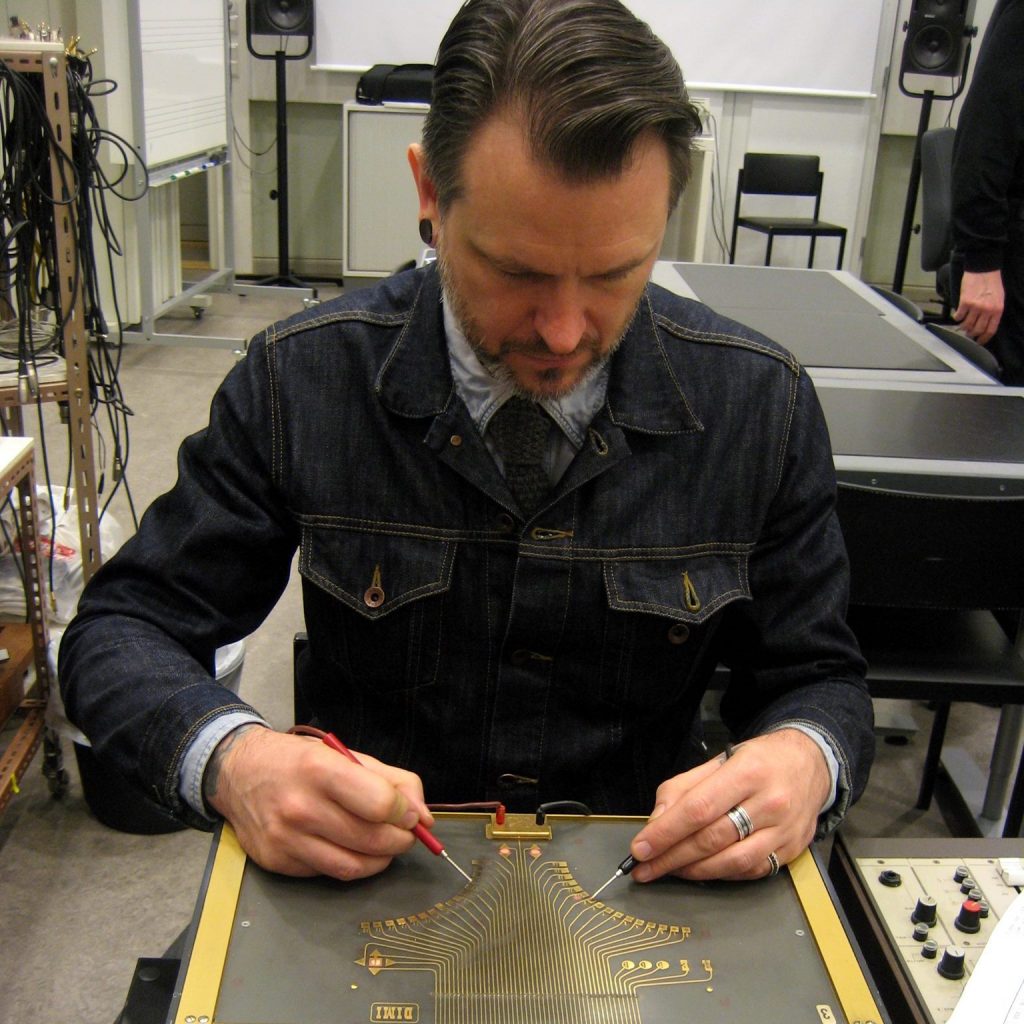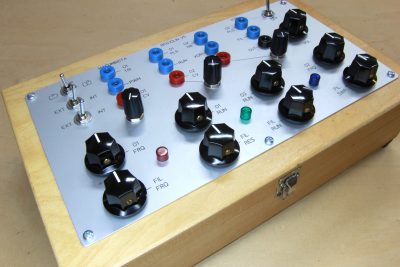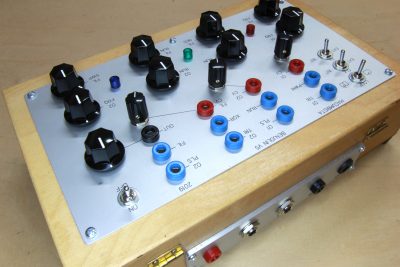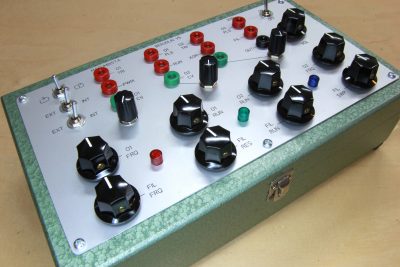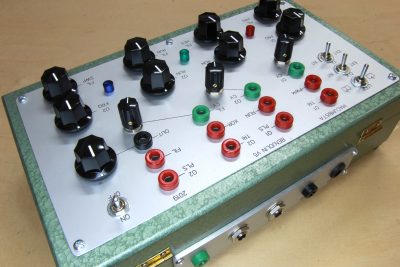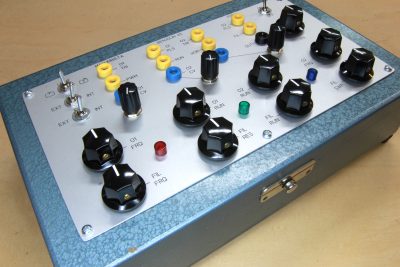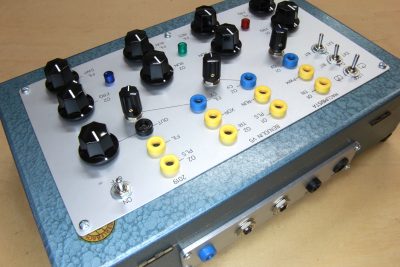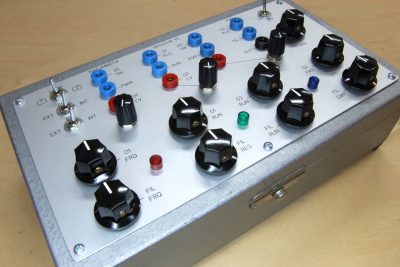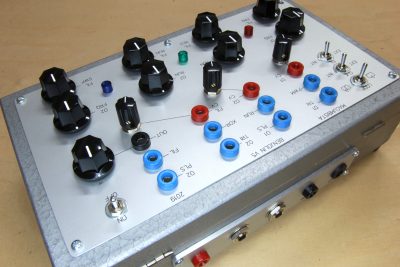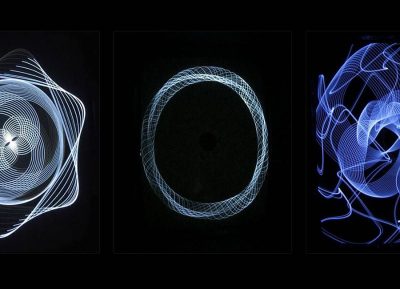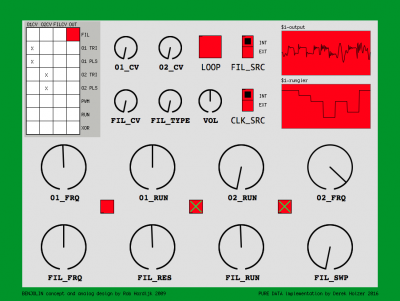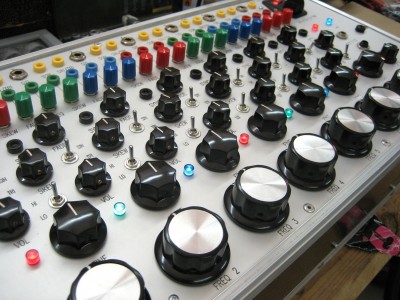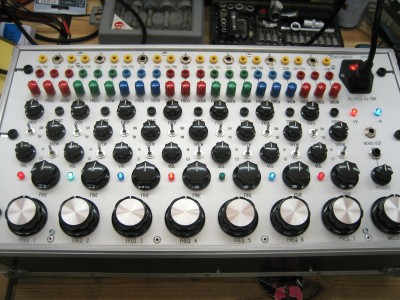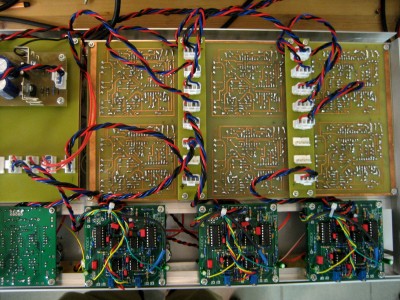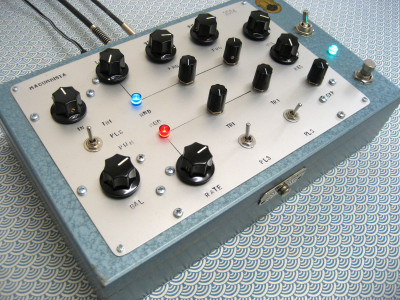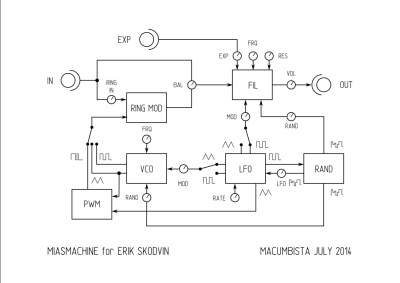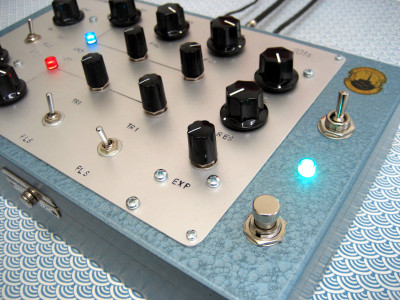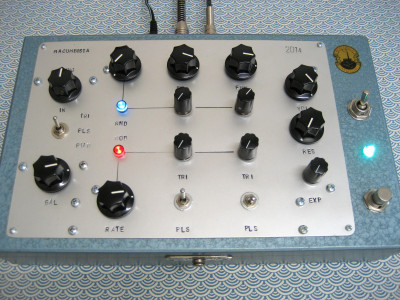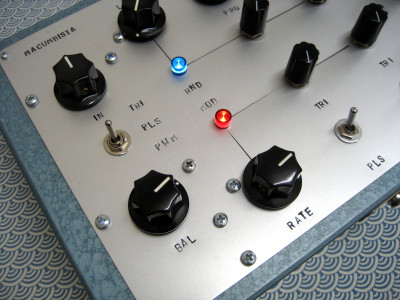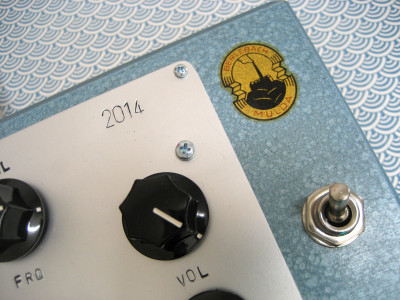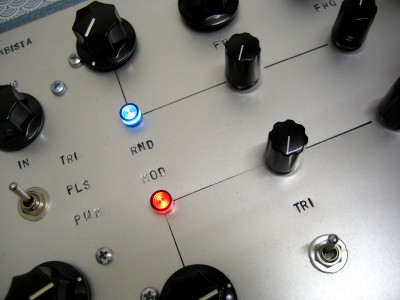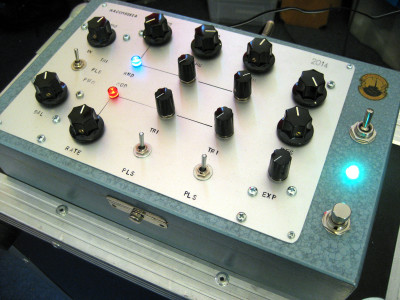Announcing the Benjolin RM Series!
Posted in Announcement on October 19th, 2024 by admin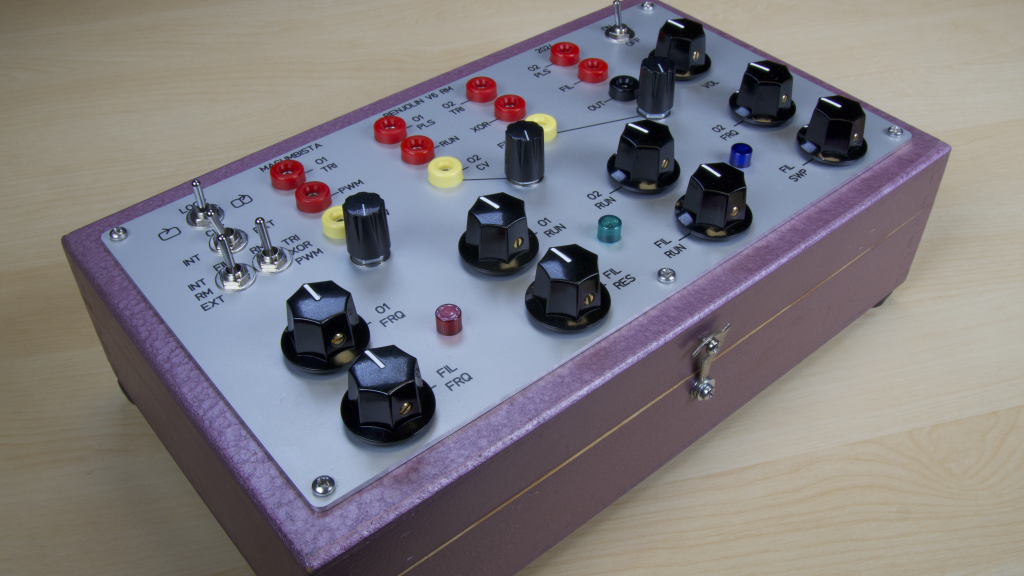
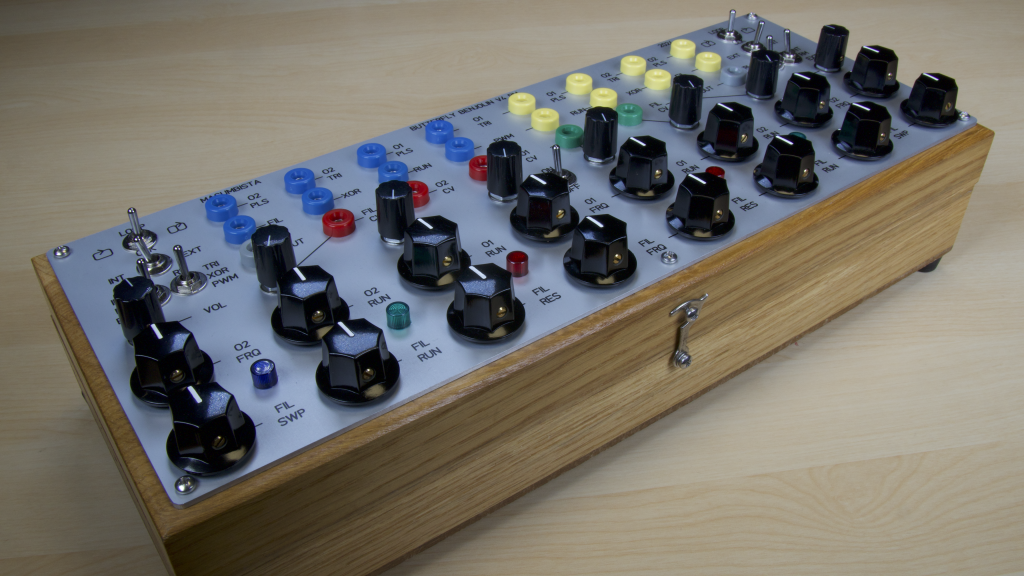
I am pleased to announce the Benjolin RM (Ring Mod) series. This new iteration of the classic Benjolin instrument adds even more features for processing external sounds from your voice or acoustic instruments via a microphone — or from your mixer, sound card or other electronic instruments — through the Benjolin.
I have been developing these Benjolins under a license from Rob Hordijk since 2012, and since Rob’s passing I have obtained the kind permission of his successor Biyi Amez.
You can check out a manual-in-progress for the RM Series Macumbista Benjolins here:
http://macumbista.net/wp-content/uploads/2024/10/Benjo-cheat-sheet-1.2-mid.pdf
Please follow the Macumbista Instruments page on Instagram for demos and updates:
https://www.instagram.com/macumbista_instruments/
Info and Prices
The Benjolin V6 RM instruments cost EUR 665 for all customers worldwide, plus shipping. These are available in green, blue, grey, and (occasionally) pink “hammered metal” finish wooden boxes as well as natural wood finish boxes. See the bottom of this post for color samples.
You can read more here about the basic instrument (non-RM version):
http://macumbista.net/?page_id=4770
The Butterfly Benjolin V4 RM instruments combine two Benjolin circuits and two Ring Modulators within a single system, and cost EUR 1265 for all customers worldwide, plus shipping. These are available in natural finish wood only.
You can read more here about the basic instrument (non-RM version):
http://macumbista.net/?page_id=4956
All my instruments are made-to-order, with a waiting time of several weeks depending on work load. The next batch of Benjolin RM series instruments will be shipped at the start of November 2025.
Please contact by email for availability:
MACUMBISTA at-the-domain GMAIL dot COM
What’s New in the RM Series?
The RM series adds a Ring Modulator circuit to the standard Benjolin, which allows you to modulate external audio sent to the Benjolin with the Benjolin signals (TRI, PWM, or XOR) before passing it through the instrument’s resonant low pass filter. Two three-position switches on the front panel select which signals are used as inputs to the Ring Mod and to the VCF Low Pass Filter:
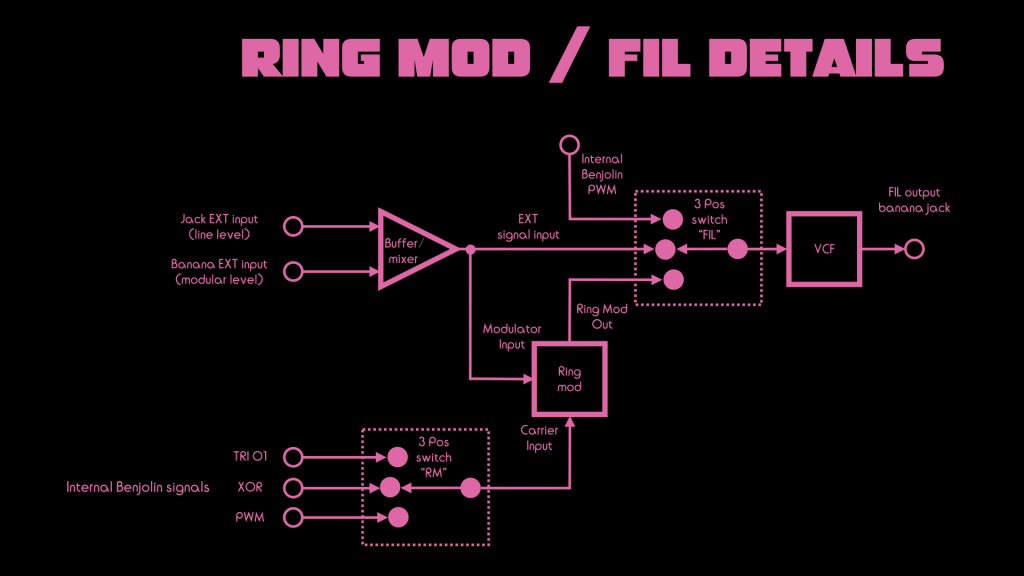
Color Swatches
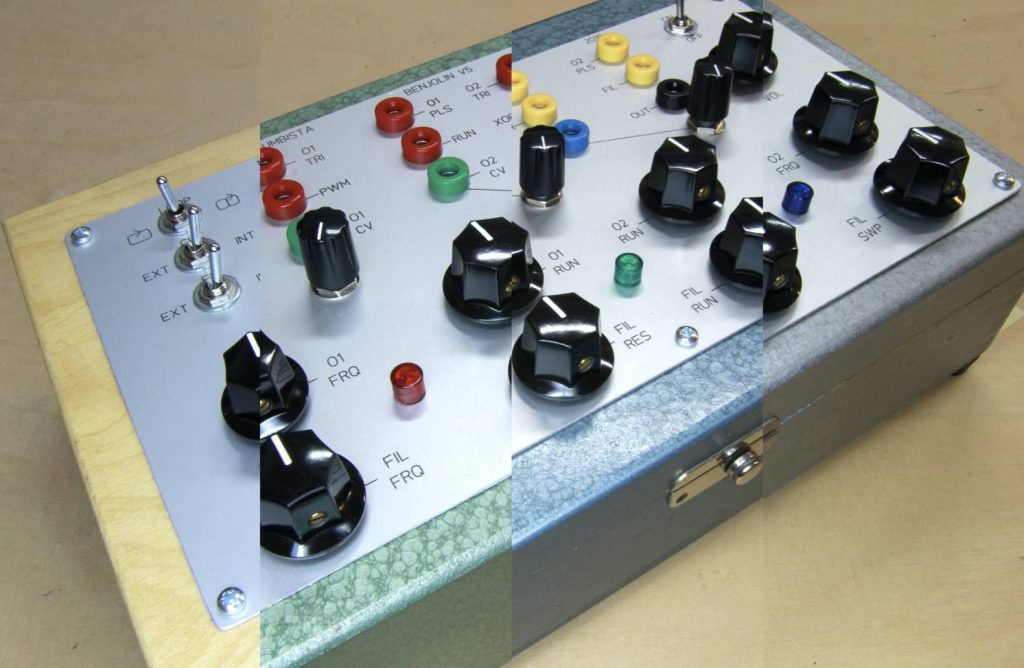
Benjolin colors: Natural finish and Green, Blue, Grey and Pink (not shown) “hammered metal” wood finish. Please note the Butterfly Benjolin is only available in Natural wood finish.
